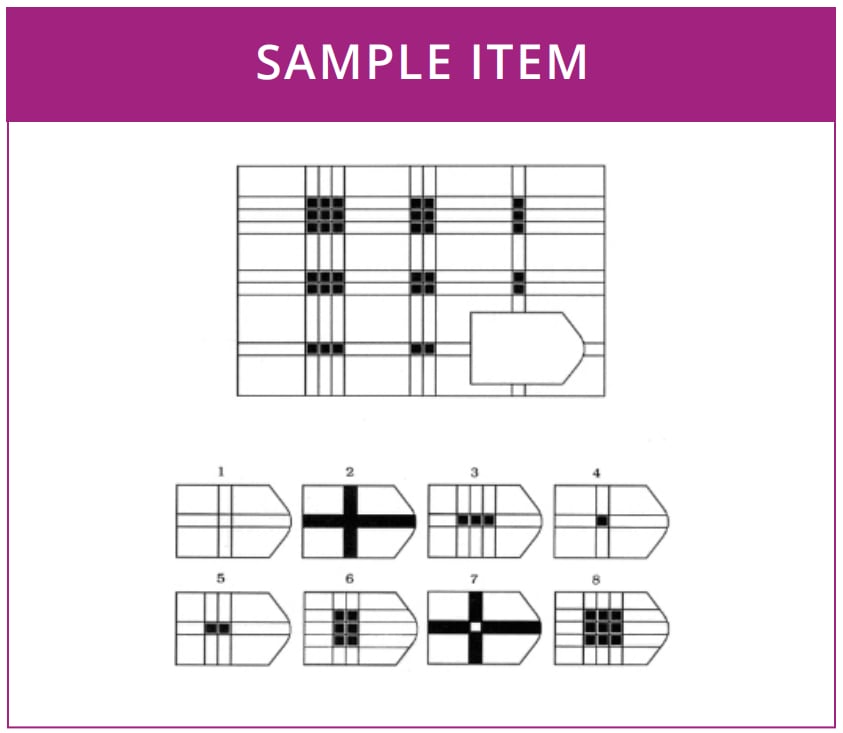Ψlogical
Testing
…Education, Civil Service & Military
🧹house keeping🧺
- assignment #3 will be moved back
- more items
- platform decision
- Qualtrics?
- methodology
- special populations?

![]()
🌍Happy Vernal Equinox!!☀️


Standardized group tests

“% of variance”
Some popular educational tests (such as GRE and LSAT) are criticized for their lack of predictive power, for example:
- graduate school GPA
- passing rate on state certification exams (such as “the bar”)
Predictive power generally expressed as the squared validity coefficient
- If the validity coefficient is .4, % variance explained is 16%
Note
Recall, a validity coefficient is expressed as a correlation
Group vs. Individual Ability Tests
Individual Tests
- require a single examiner for a single test–taker
- examiner records (or takes note of) verbatim responses
- examiner evaluates and scores the response
- examiner skill or training is very important
Group Tests
- require a single examiner for multiple test–takers
- test–takers record their own responses
- scoring determined by a key
- examiner is a proctor – skill not particularly important


Advantages
Individual Tests
- examiner can make adjustments if test–taker exhibits poor anxiety or mood or attitude
Group Tests
- cost effective – minimize time needed for administration, scoring, and administrator training
- scoring has greater objectivity – scores tend to exhibit greater reliability

Group test characteristics
Traditionally took the form of “paper–and–pencil” (aka “booklet–and–pencil”) tests
Computer administration now more popular, but that term only refers to mode of delivery of test content1
- usually multiple choice
- more common than individual administration
- some group item types together – usually then present subscale scores2
Group Tests in K–12 Schools
Achievement tests attempt to assess what a person has learned following a specific course of instruction
Aptitude tests attempt to evaluate a student’s potential for learning (usually within a specific domain – e.g., math💯, science🔬, music🎶)
- for example, the Stanford Achievement Test assesses achievement within spelling, reading comprehension, word study and skills, language arts, social studies, science, math, & listening comprehension
Intelligence tests in K–12 Schools
Some group–administered tests in schools can be classified as intelligence tests, such as:
- Kuhlmann–Anderson Test (Kuhlmann & Anderson, 1927); primarily non–verbal content
- Henmon–Nelson Test (Henmon & Nelson, 1932); aggregates to only one overall score (e.g., “g”)
- Cognitive Abilities Test Form 7 (Lohman, 2011); measures fluid intelligence
- provides 3 separate scores – verbal, quantitative, and nonverbal
- special attention paid to traditionally underadvantaged groups
College Entrance Exams

Scholastic Assessment Test (SAT)
Used continuously since 1926, although 1941 norms used until 1995!!
1995 revisions again updated in 2016 with focus on group differences & greater academic achievement focus (as opposed to aptitude)
- 2016 possible scores range from 400 to 1600
- no penalty for guessing
Note
The Digital SAT is the most recent version (Spring 2024) & is fully online, shorter (2 hours 14 minutes), and computerized adaptive
American College Test (ACT)
Similar to SAT, mandating online testing (starting September 2025) – also shorter (roughly 2 hours)
Graduate Record Examination (GRE)
…purported to measure general scholastic ability
Used by many universities for graduate school selection (along with GPA, letters of recommendation, and other predictors)
- subject tests exist for ~20 disciplines – Clinical Psychology programs are most likely to require this (within Ψ)
- minimum screen \(\leftarrow\) many programs use the GRE with a “cut–score” mentality (need to score above local threshold)1
Miller Analogies Test
…purported to measure scholastic aptitudes for graduate studies, but only assesses verbal aptitude
STEM disciplines favor GRE, some humanities may require the Miller (for example, Literature, English, History, Philosophy)
Law School Admission Test (LSAT)
…consists of three problem types: reading comprehension, logical reasoning, and analytical reasoning
Nonverbal Group Ability Tests

Raven Progressive Matrices
very popular test of general intelligence (e.g., “g”) used primarily in educational settings
can be administered in groups or individually
- age appropriate from 5 years \(\rightarrow\) 👴
- 60 matrices of progressive difficulty

Goodenough–Harris Drawing Test
similar to the Raven’s, can be administered to groups or individually
only requires a pencil and white, unlined paper as test materials
scoring rubric ranges from 0 to 70 points based on generated images (man, woman, and themselves)
- intended for children up to 15 years old
- standardized scores reported on the ubiquitous \(\mu\)=100, \(\sigma\)=15 scale
Note
Funny enough, the “quality of drawing” test was actually authored by Florence Goodenough 😂🤣
Culture Fair Intelligence Test
…was designed to provide an estimate of intelligence relatively free of cultural and language influences
unique in targeted age ranges (4–8; 8–12; high–school)
- Raymond B Cattell involved in the development
- \(g_{c}\) & \(g_{f}\) as well as personality

US Military & Civil Service
General Aptitude Test Battery (GATB) very historically popular measure of different abilities that measures aptitude for several different government occupations
Armed Services Vocational Aptitude Battery (ASVAB) used for selection into the US military as well as aptitude for different military jobs

The group–administered test used to select into law school is the…
- LSAT
- GRE
- ACT
- PSAT
__________ tests attempt to evaluate a student’s potential for learning
- aptitude
- achievement
- personality
- group
Psychology graduate programs are most likely to require the ____________ prior to admission
- GRE
- SAT
- ACT
- LSAT
An equinox happens when _____________
- sun is over equator
- Easter bunny appears🐰🐰
- tilt of earth inverts
- Chevrolet gets creative
These tests attempt to assess what a person has learned following a specific course of instruction…
- achievement
- aptitude
- intelligence
- ability

